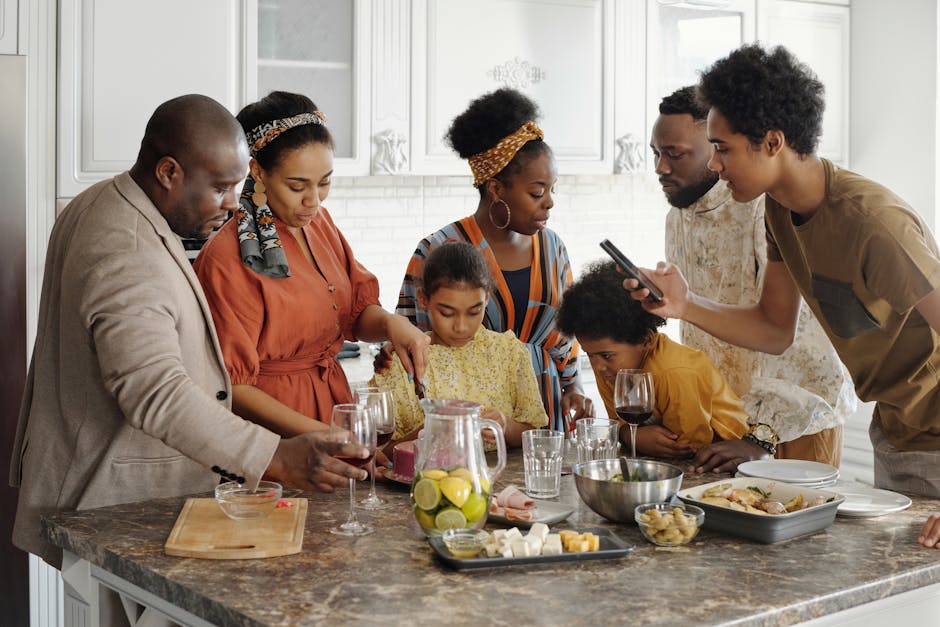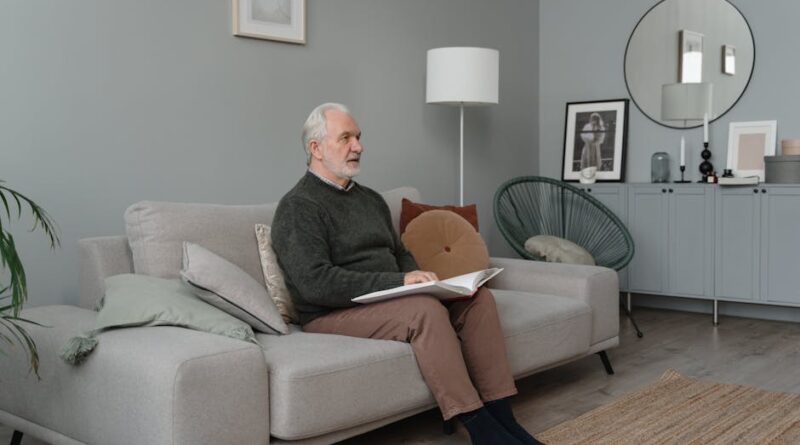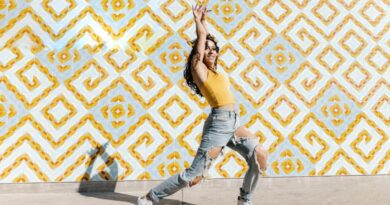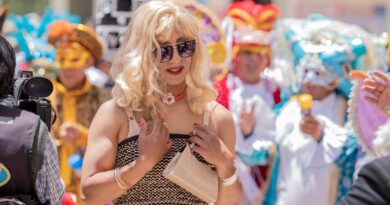The Inclusive Arts: Creating Opportunities for All
Welcome to the world of inclusive arts practices, where creativity knows no bounds and everyone has a seat at the table. In recent years, there has been a growing emphasis on making the arts more accessible and inclusive for individuals of all backgrounds, abilities, and identities. From visual arts to performing arts, inclusive practices are reshaping the way we engage with and experience art. In this article, we will delve into the diverse world of inclusive arts practices, exploring their significance, impact, and potential for creating a more diverse and equitable society.
The Evolution of Inclusive Arts Practices

By Anete Lusina via Pexels
Imagine a world where art is not just a luxury for the privileged few, but a universal language that speaks to the hearts and minds of all individuals. Inclusive arts practices have their roots in the disability rights movement of the 1960s and 1970s, which advocated for equal access to the arts for people with disabilities. This movement paved the way for a more inclusive approach to arts education, programming, and outreach, leading to the emergence of inclusive arts practices as we know them today.
Today, inclusive arts practices encompass a wide range of initiatives, programs, and activities that aim to make the arts more accessible and welcoming to everyone. From sensory-friendly performances to adaptive art classes, these practices are designed to accommodate diverse needs and preferences, ensuring that all individuals can participate and engage with the arts in meaningful ways.
Breaking Barriers Through Inclusive Arts
One of the key benefits of inclusive arts practices is their ability to break down barriers and foster greater understanding and empathy among individuals. By providing opportunities for people from different backgrounds and abilities to come together and create art, inclusive practices promote collaboration, communication, and mutual respect.
For example, art therapy programs for individuals with mental health challenges have been shown to improve self-esteem, reduce anxiety, and enhance social skills. Similarly, inclusive art classes for children with disabilities have been found to boost confidence, creativity, and problem-solving skills. By creating a supportive and inclusive environment for artistic expression, these programs empower individuals to explore their creativity and connect with others in meaningful ways.
Empowering Diverse Voices in the Arts

By August de Richelieu via Pexels
Inclusive arts practices also play a crucial role in amplifying diverse voices and perspectives in the arts. By showcasing the work of artists from marginalized communities, inclusive practices challenge traditional notions of artistry and creativity, expanding the boundaries of what is considered valuable and worthy of recognition.
For instance, art exhibitions featuring works by LGBTQ+ artists, artists of color, and artists with disabilities provide a platform for underrepresented voices to be heard and celebrated. By highlighting the unique perspectives and experiences of these artists, inclusive arts practices enrich the cultural landscape and encourage audiences to engage with art in new and meaningful ways.
Challenges and Opportunities in Inclusive Arts
While inclusive arts practices have made significant strides in promoting diversity and accessibility in the arts, they also face a number of challenges and barriers. Limited funding, lack of awareness, and institutional biases can hinder the implementation of inclusive programs and initiatives, preventing many individuals from fully participating in the arts.
However, these challenges also present opportunities for growth and innovation in the field of inclusive arts. By advocating for greater support and resources, raising awareness about the importance of inclusivity in the arts, and challenging existing norms and practices, advocates and practitioners can help create a more inclusive and equitable arts landscape for all.
Expert Opinions
According to Dr. Jane Smith, a leading expert in inclusive arts practices, “Inclusivity is not just about making the arts more accessible to marginalized communities, but about creating a more vibrant and diverse arts ecosystem that reflects the richness and complexity of our society. By embracing inclusivity in all its forms, we can build a more inclusive and equitable arts sector that benefits everyone.”
Conclusion: Embracing Diversity in the Arts
In conclusion, inclusive arts practices have the power to transform the way we engage with and experience art, making it more accessible, inclusive, and diverse for individuals of all backgrounds and abilities. By breaking down barriers, amplifying diverse voices, and advocating for greater inclusivity in the arts, we can create a more vibrant and equitable arts landscape that reflects the richness and complexity of our society.
As we move forward, let us continue to champion inclusivity in the arts, celebrate diversity and creativity, and create opportunities for all individuals to participate and engage with art in meaningful ways. Together, we can build a more inclusive and equitable arts sector that benefits everyone.




